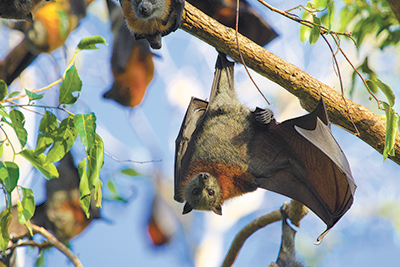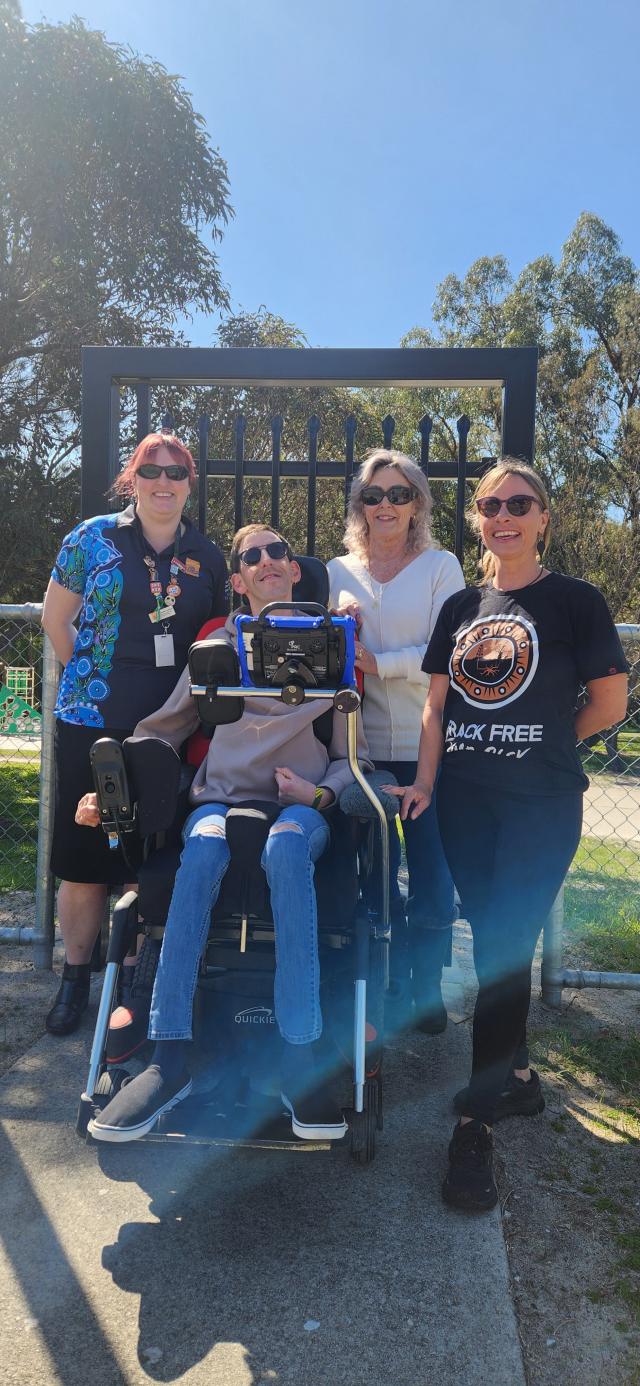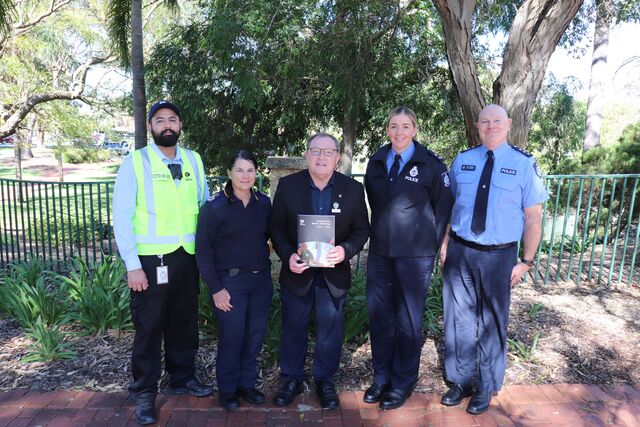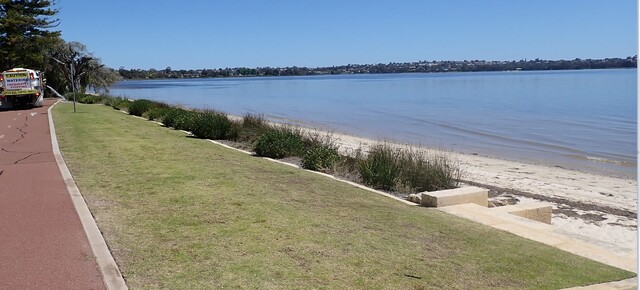A proactive approach to flying-fox management is delivering nation-leading results for the Sunshine Coast Council in Queensland.
The humble sprinkler is proving to be an effective tool to manage flying-foxes across the Sunshine Coast as council works in partnership with local residents to manage suburban roosts.
Council recently voted to extend the use of proactive management techniques following a three-year trial funded through the Environment Levy.
Environment Portfolio Councillor Jenny McKay said flying-foxes irregular roosting habits presented a challenge for local councils.
“Council appreciates that flying-fox management does present challenges, particularly for communities where there are large roosts,” Cr McKay said.
“This report demonstrates that the best outcomes are achieved by partnering with the community, empowering local residents to have direct involvement in innovative management techniques and leading the way in education and research.
“In addition to managing vegetation and creating buffer zones, we have initiated an innovative partnership approach which gives residents the ability to control the use of canopy-mounted sprinklers to deter flying-foxes from buffer zones; this has proven to be very effective.
“While moving these animals on can provide temporary relief for affected residents, there are also no guarantees that the flying-foxes may not return, sometimes within days.
“By managing the surrounding areas, and keeping a level of distance between residents and flying-fox roosts, we’re doing everything we can to minimise interactions and reduce the effects of noise and odour that can come from large roosts.”
Council has also embarked upon a nation-leading flying-fox tracking project to gain a better understanding of the species’ habits.
That research is now being included as an education resource in the national primary school curriculum.
“We know that flying-foxes are highly nomadic creatures and we cannot control where they land, but we are working with some of Australia’s most esteemed researchers from the University of Queensland, CSIRO and the University of Melbourne to learn as much as we can about the factors that affect their roosting habits,” Cr McKay said.
“We have successfully used satellite tracking of a number of flying-foxes to gather data over a six-month period, and that data is now being analysed to give us a better picture of where these animals travel, not just within our region, but across Australia.
“We are also trialling use of acoustic fences to address noise issues caused by large flying-fox roosts, and investigating ways to potentially attract flying-foxes to alternative habitats, such as environmental reserves, to try and coax the animals out of suburban areas.
“The results of this ongoing research will continue to inform our flying-fox management practices into the future.”








